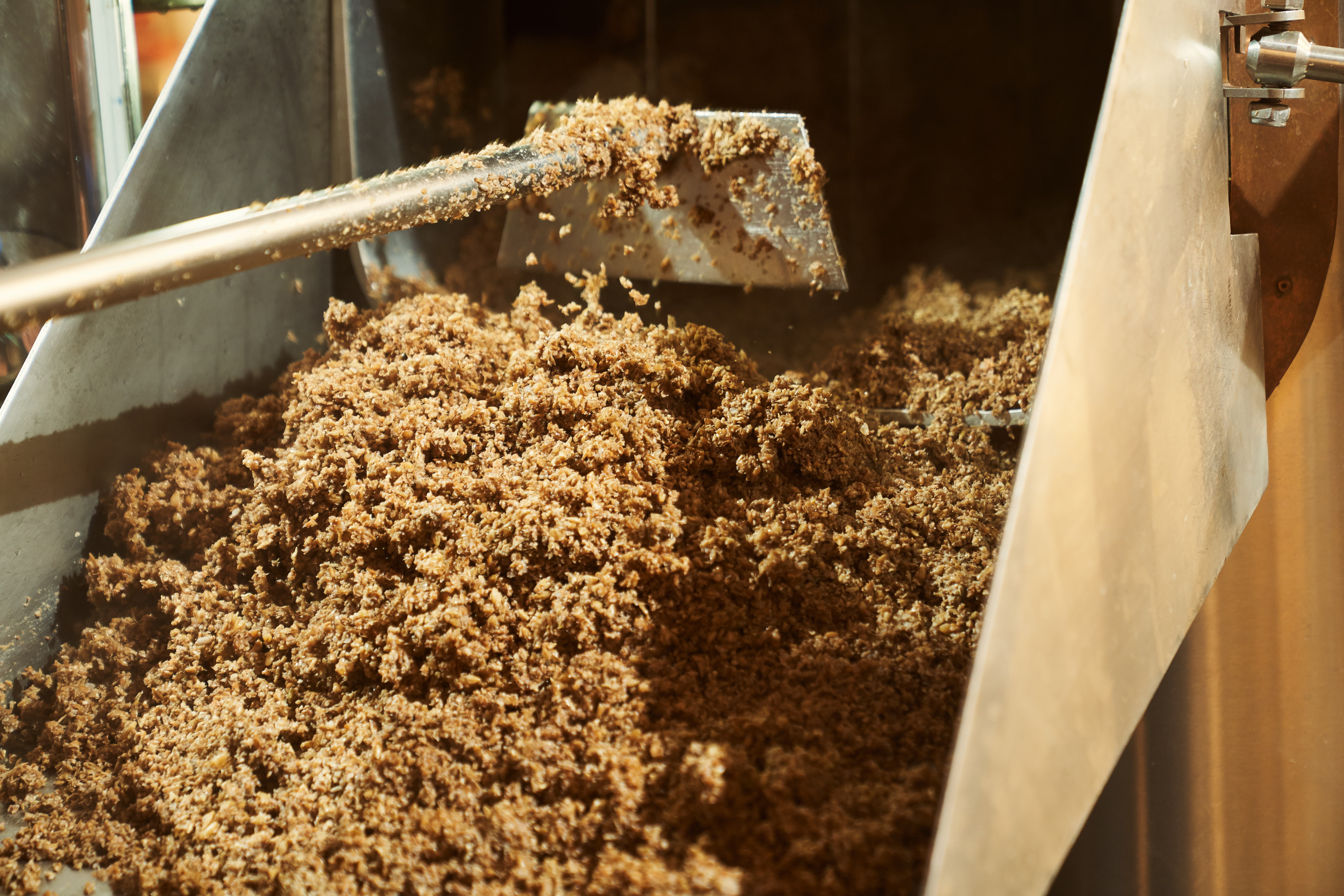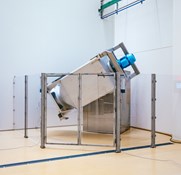


The food and ingredients industry cannot escape a circular economy. A fact highlighted by the raw materials crisis. Jasper Bloemen of GLIMPS.bio shares his vision. “Corporate economic and societal costs are being addressed.”
Circular ingredients are a significant development because they tie in with sustainability: they have a smaller environmental impact - due to reduced waste and lower water and energy consumption - and imply lower cost prices for food companies. “Raw material prices are on the rise, as all costs are being passed on”, says Jasper Bloemen, bioengineer and general manager at GLIMPS.bio, an agency of bioscience engineers, designers and entrepreneurs, surrounded by a network of food partners and experts.
Inside and Outside the Food Chain
Circular food ingredients originate from streams of waste or by-products that originate in the food chain. Using the two of these streams to produce new food ingredients could bring a significant reduction in CO2 emissions and water consumption, given that there are no emissions during agricultural cultivation. “The ingredients could also contribute to innovative product development, through which new markets could be created”, says Bloemen. A limited supply of circular-ingredient volumes and types is a major obstacle to the market's development at present. “And yet there is a lack of certification and clear legislation for circular ingredients. The dominant perception seems to be that animal feed is the best way to valorise residual streams.”

Food Safety and Traceability
Circular ingredients must, of course, comply with European Regulation (EC)178/2002 or the General Food Law Regulation. It lays the foundation for all food-specific standards on additives, ingredients, contaminant and labelling standards, etc. The central tenet is an integrated ‘farm to fork’ approach involving every sector and actor in the food chain. Circular ingredients must also be subject to risk analysis and quality assurance. The qualification of the term waste is, however, in need of attention, Bloemen notes. “This is because the circular economy will, in many cases, utilise streams that are still considered as waste or still too undervalued.”

What exactly will today's consumers want on their plates tomorrow? It is with this rather tricky question in mind that food companies are constantly striving to develop products that meet the needs of even the most discerning gourmets.

Protein-enriched food products offer convenience for those who should or would like to consume more protein. Generally, it is not necessary to consume these products.

“We are receiving a growing number of enquiries from our clients on the prevention of cross-contamination in the mixing and packaging of dry ingredients for the food industry", says Domien Sierens of Food Blending. “Hygiene and quality assurance are our top priorities".

At the Tavola gastronomic trade fair, from 17-19 March, Maisonie will launch four flavours of dessert with extra protein. In nutritional terms, two are sources of protein and two are rich in protein, Nathalie Van der Straeten tells us. She also reveals which plant proteins have been added.